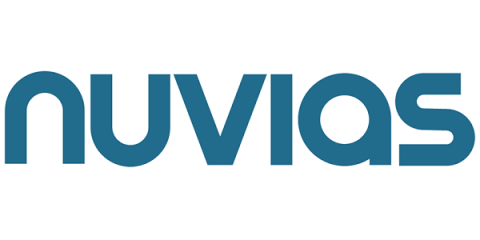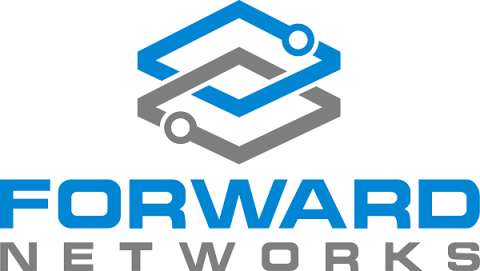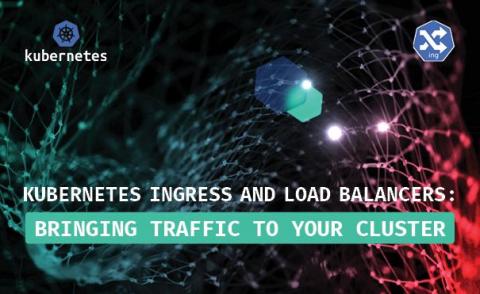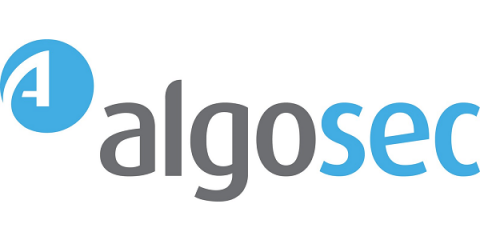How to Perform a Comprehensive Network Vulnerability Assessment
Despite growing awareness and prioritization of cybersecurity, close to 22,000 vulnerabilities were published in 2021 alone. This concerning number proves that awareness and a willingness to invest in cybersecurity aren’t always enough to protect your organization’s network, and that network vulnerability is far from a problem of the past. To protect your networks, you need to continually monitor and assess their potential vulnerabilities to guarantee security.










